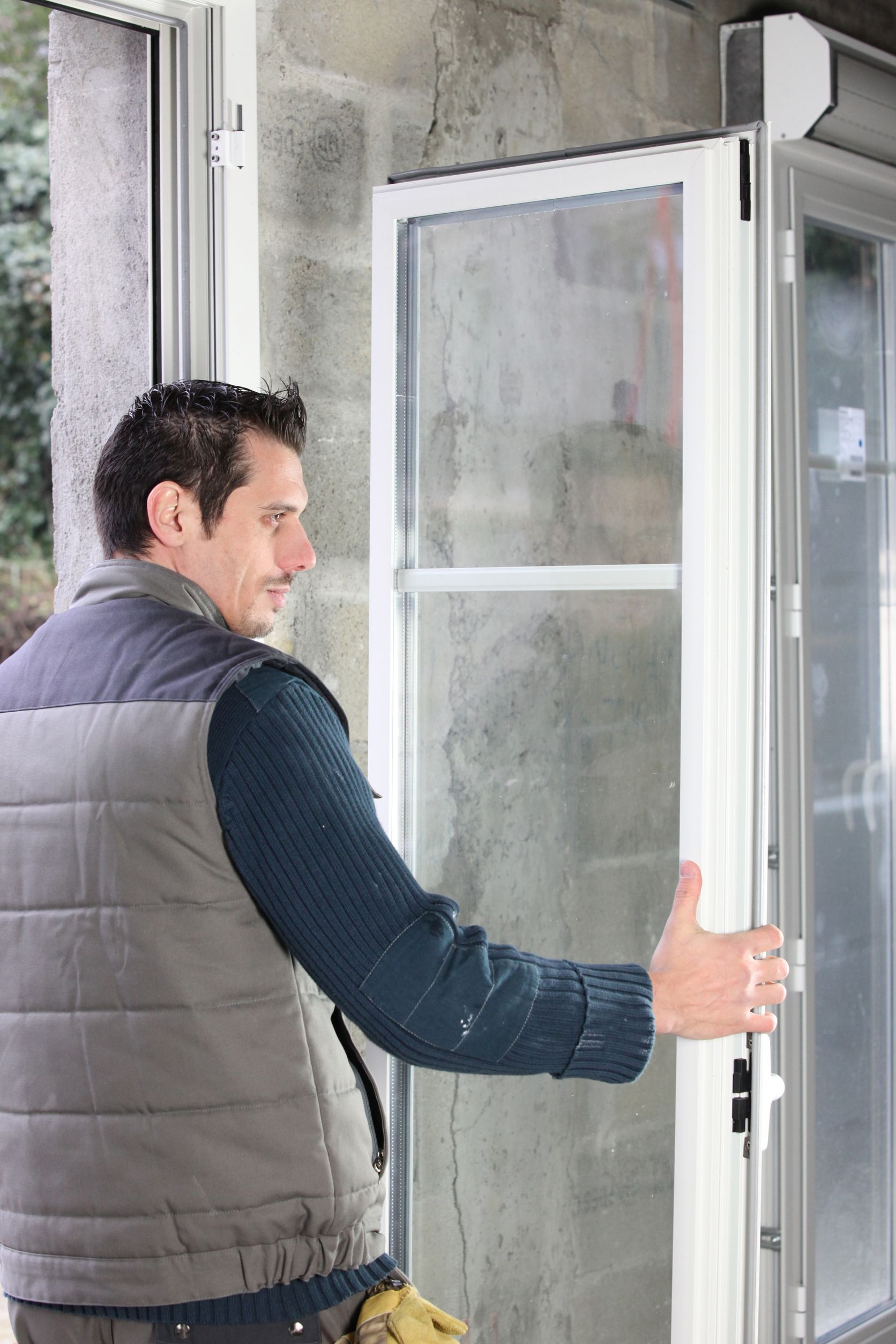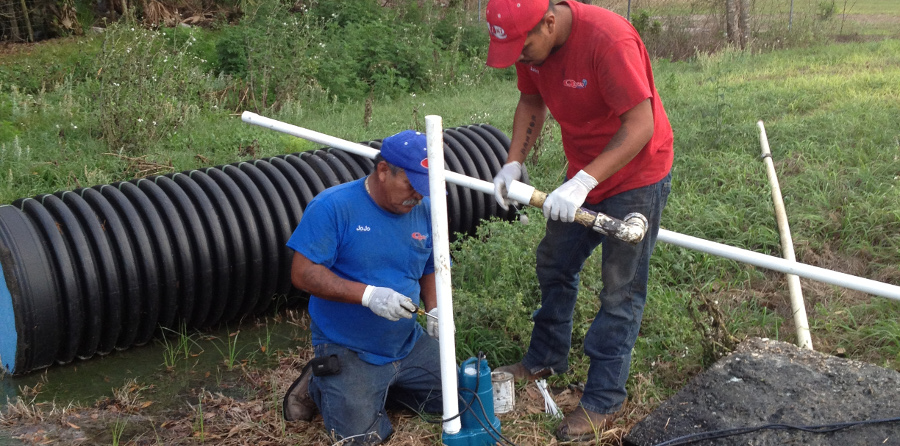Replacing a roof can be an expense that many businesses are not in a position to undertake. A roof restoration can be a viable option in many situations. If the local building codes allow for it and the existing structure is sound, there are a number of benefits, aside from cost, to restoring rather than replacing a roof. After evaluating the general condition of the roof and making the decision to go forward, a type must be chosen and then the project can begin.
Evaluating the Existing Roof
In order to determine if a roof is a candidate for restoration, it must be free of leaks and well-maintained. No more than 6 months before the start of the project a thorough inspection by a highly skilled professional must be performed. The inspection report should identify whether the roof has adequate slope, a history of any and all leaks, the condition of the insulation and deck and the location of any water penetration. The report should also contain a comparative recommendation of solutions, including an energy audit where possible and an ROI for both options. When reviewing the recommendations and ROI, it is important to consider all of the benefits of restoration.
Benefits of Roof Restoration
There are a host of benefits to restoring a roof as compared to replacing it. Depending upon location, there may be certain tax advantages or financial incentives for eco-friendly solutions. Additionally, a restoration is considered maintenance, rather than the capital expenditure a new roof would be, therefore the cost can be expensed immediately rather than depreciated over the typical 39-year period. Certain upgrades may increase the fire rating, thus lowering insurance rates, adding to the savings. Roof restoration takes less time and is less disruptive than a replacement. Lastly, some solutions incorporate reflective coatings, which could increase solar reflectivity and decrease cooling costs, yet another opportunity for savings.
Choosing the Right Roof
Now that the roof has been deemed fit for restoration and the benefits have been discussed, it’s time to choose the restoration technology and the materials to be used for the project. Factors that will determine the technology used include, but are not limited to, roof type, surfacing type, performance requirements, number of years a facility will be in service, geographical and site conditions, facility purpose, roof top architecture, access to the roof, degree of the slope and time available for the project.
After reviewing all of these factors, one of many technologies encompassing a wide variety of material solutions ranging from asphalt to coal-tar, urethane, even acrylic, among many others. Your roofing professional can recommend the best material/technology combination for your project.
Thermo Manufacturing has been providing roofing solutions since 1948. For additional information on our innovative materials please visit thermomaterials.com.


